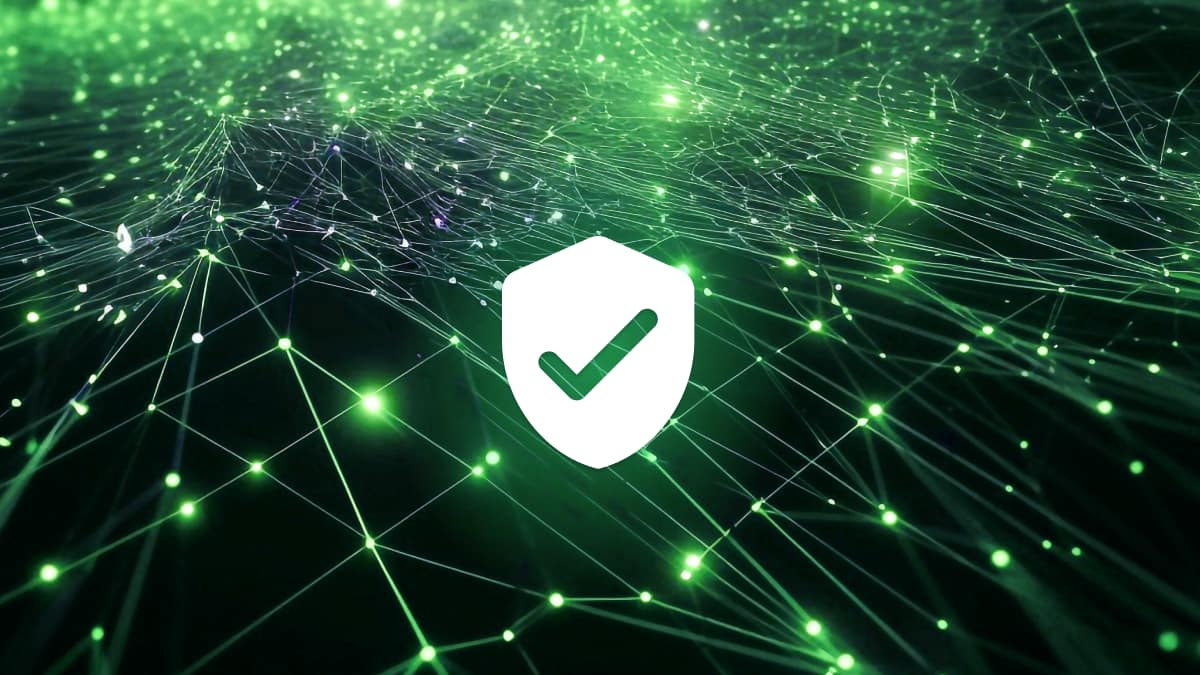Introduction
*News flash*. Your cloud applications are a massive data security risk. We’re not saying don’t use cloud apps, but we are saying: invest in securing them properly. Otherwise, you risk the fallout of a data breach and hefty compliance fine.
Here’s everything you need to know about SaaS apps and data security.
What’s a SaaS app?
SaaS stands for software-as-a-service. These are applications that are delivered over the Internet as a service. Rather than a business installing, maintaining and managing software, your employees simply access it online, freeing you from complex software and hardware management tasks.
Common examples of SaaS applications include Microsoft 365, Teams, Salesforce, Slack and Trello.
Chances are, your employees use some– if not all–of these applications. In fact, it’s estimated that 99% of organizations use one or more SaaS solutions. It’s easy to understand why; these apps tend to be easy to deploy, intuitive to use, easy to manage and cost-effective.
SaaS apps are critical to productivity, communication, and collaboration for your people. More and more of us are working remotely, meaning that collaboration tools like Teams and Slacks are essential to teamwork.
The security risks of SaaS apps
However, ask your security or IT person how they feel about SaaS tools, and they may clam up a bit. The thing is, SaaS apps mean that your company data is in more locations than ever before.
Security used to work like this: you focused on defending your perimeter because employees worked in the office. Now, though, endpoints (company phones and laptops, and even employees’ own devices) are spread around the country. They are accessing enterprise data from a host of different places. This means that the perimeter doesn’t exist anymore.
A new world of work calls for a new security approach, but many organizations are slow on the uptake. They don’t realize that SaaS apps hold security risks and, for those that do, achieving SaaS security isn’t always straightforward.
Unfortunately, burying one’s head in the sand will likely result in a dreaded data breach. Already, we’re seeing companies served hefty HIPAA and GDPR fines for poor SaaS security.
According to IDC, 98% of companies experienced at least one cloud data breach in the past 18 months, compared to 79% last year. Meanwhile, 67% reported three or more such violations, while 63% said they had sensitive data exposed.
You might be wondering how these breaches happen. We’ve got you covered. Let’s take a look below:
- Unprotected sensitive data. SaaS applications like GitHub put power in your employees’ hands. They can seamlessly communicate and collaborate from a distance. A considerable part of this experience is sharing data. Your employees are likely sharing vast amounts of corporate data with colleagues, clients and partners through mediums like Slack and Teams. However, this creates risk. With SaaS apps, it’s the cloud provider’s job to secure the underlying infrastructure, but it is your job to prevent data leakage. Unfortunately, though, many organizations don’t know what data is in their SaaS tools and who has access.
- Shadow IT: These days, there’s a SaaS tool for everything. Some of your employees will take it upon themselves to download their own SaaS apps–ones that your company doesn’t provision. This creates a shadow IT problem, whereby sensitive data is traveling into applications outside of the IT team’s remit.
- Cloud misconfigurations. SaaS providers add new functionality to their applications regularly. With so many changes at a frequent pace, it’s hard for IT administrators to stay on top of setting configurations. If your configurations aren’t correct, your company data is at risk. Just one misconfiguration could lead to a data breach. This problem is surprisingly common, and Gartner estimates that, by 2025, 99% of cloud breaches will be the customer’s fault due to factors like misconfigurations.
Balancing productivity with security
With all the risks around SaaS applications, you might be tempted to put super strict policies in place around employee application usage. Remember, though, that productivity needs to go hand in hand with security.
If your security measures hinder employee productivity, they will likely find workarounds. It’s not that your people want to cause a data breach; it’s just that they want to get their work done. If your security solutions are clunky and cause friction, this will impact the employee experience.
How to secure your collaboration apps

Organizations need to move away from a perimeter-focused security approach to a data-centric one. What we mean by this is to focus on securing sensitive data, no matter where it is.
This might sound a tall order, but security vendors have innovated their products to focus on data-centricity in recent years. There are now solutions –like Polymer DLP–which are specifically designed to secure data in SaaS tools.
Here is a four-step process for better SaaS security:
- Create the right culture: Human error is one of the leading causes of data breaches today. You, therefore, need to educate your people on good security hygiene to reduce this risk. Not all security training is created equal, though. We advise that you make your training as personalized and engaging as possible to get a return on ROI. Read more about how to provide better employee security training here.
- Use MFA and single sign-on: MFA is an easy way to reduce the likelihood of credentials compromise, so definitely enable it! Where possible, we advise you to implement single sign-on, which bolsters security without hampering the employee experience.
- Embrace cloud DLP…: Cloud DLP works by monitoring, classifying and protecting sensitive data across your cloud applications and collaboration tools. Through pre-defined policies, these solutions prevent data loss in real-time through automatic actions like redaction, encryption and deletion.
- ….And machine learning: Your IT person is probably overwhelmed and stressed. Another tool in their security operations center just adds complexity–unless it’s an intelligent tool. The best-in-breed cloud DLP solutions are self-learning. They use AI to pick up on patterns about user behavior and sensitive data and evolve their policies in line with their analysis. This takes the burden of IT teams to re-define and set new data policies constantly.
Conclusion
The future of work is undoubtedly SaaS-based. However, we are in an era where data privacy and security are more in the spotlight than ever before. Organizations that embrace these tools without the right cybersecurity strategy put themselves at risk of a costly data breach. The good news is that, with the right tools in place, you can empower your people to use SaaS apps without forsaking security.










